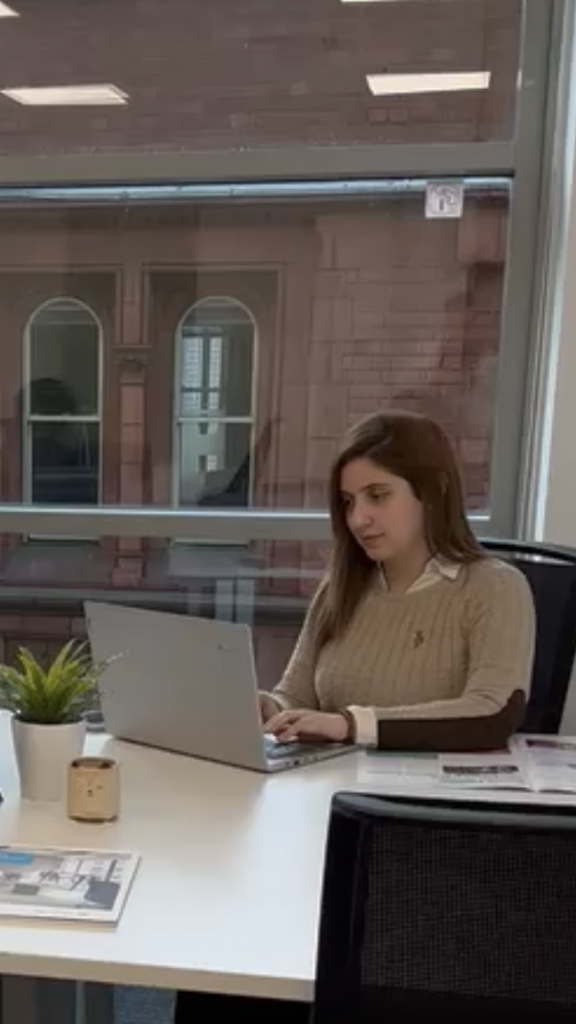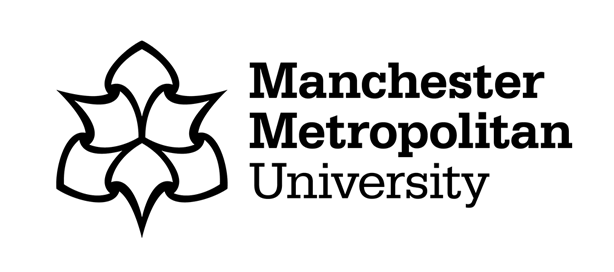
In celebration of International Women’s Day on Friday 8 March, Narimane shares a blog about her research about the representation of women in health communication critical discourse analysis and social media studies.
Currently near completion of a PhD in Communication and Linguistics, my research examines the construction of health knowledge on social media. Utilising Fairclough’s Three-Dimensional Model (1995) and Van Dijk’s (2014) socio-cognitive approach to discourse studies, I am conducting a qualitative analysis of twelve female Instagram content creators’ accounts, focused on health-related content. With a keen eye on the educative approach and knowledge transmission, I employ engagement and attitude systems (Martin and White, 2005) to appraise the recognition of females’ voices and stances within the digital space.

Exploring women’s inclusion and empowerment in health communications is related to health discourse popularisation, which stems from the term “pop” and, as described by Atkinson (1998), is the dissemination of scientific concepts and knowledge to a broader audience in an accessible and engaging manner. Within this concept of accessible health knowledge lies a complex relatedness with societal norms and cultural taboos. I developed this instinctive interest to research one. From my internet searches, each time I encountered a health issue, I found myself turning to the web to read about symptoms; perhaps it’s a common trait, as if we all believe we were amateur doctors in a past life. Or maybe it’s because the way I’ve grown is accustomed to articulating my symptoms to a screen, finding comfort in the process. However, even in the digital space, the way a phrase is worded in a comment or post can attract controversy, particularly when it touches upon sensitive health topics entrenched in cultural taboos. For example, I’ve long been intrigued by euphemistic techniques in mentioning female private body parts, where people often resort to naming them after animals or fruits and vegetables instead of using the exact or scientific term. Then, as time went on, my curiosity was piqued in a different direction; towards those health popularisation accounts on social media, the ones where everything from flu remedies to fertility hacks are discussed. I found myself knee-deep in comment threads, especially those buzzing with discussions about societal taboos and stigmas around women’s health. It was this curiosity that sparked my interest in women’s empowerment in health communication.
The initial findings of my research reveal the discursive techniques used in health knowledge construction on social media by female content creators to empower and reproduce confident and stigma free health content.
Breaking down barriers through language and personal narrative
Women content creators in health communication employ a diverse range of linguistic and visual techniques to position themselves as authoritative voices backed by specialised knowledge. Rather than relying solely on medical terminology, they prioritise accessibility and inclusivity in their language choices, making healthcare information more relatable to their audience. By sharing personal narratives and experiences, female creators forge deeper connections with their followers, breaking down traditional barriers and fostering a sense of camaraderie in health discussions.
Challenging societal prejudices and gender hierarchy
Despite their efforts to promote inclusivity, women content creators often encounter societal prejudices and gender biases, particularly in cultures where external scrutiny and evaluation play a significant role. In contexts like Algeria, for example, female creators navigate unique challenges as they strive to assert their authority and expertise while simultaneously combating societal expectations. Despite these obstacles, women persist in challenging the status quo and advocating for inclusivity in health communication, inspiring others to do the same.
To conclude, inspiring inclusion emerges as a transformative force in women’s health communication, reshaping the way my researcher eye sees, approaches and engages with health knowledge on social media. By breaking down barriers, challenging societal prejudices, and embracing their unique interpersonal skills, women content creators are driving positive change and paving the way for a more inclusive and empowering discourse. As we celebrate the contributions of women in health communication, both as a woman and a researcher, I am glad to have a heard voice that I would dedicate to equity and inclusion in all aspects of on- and offline life.


